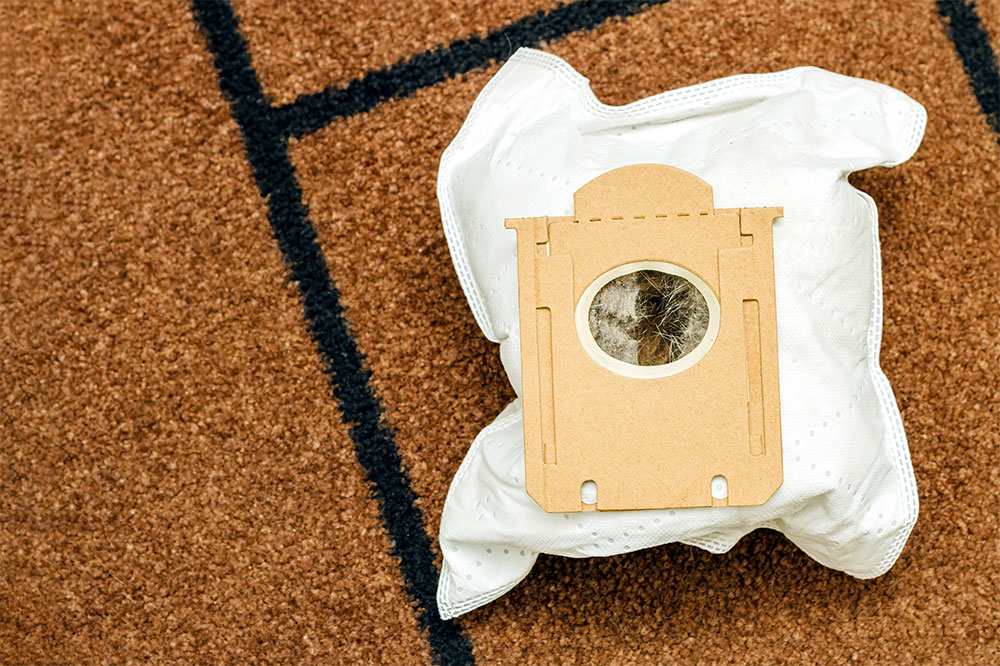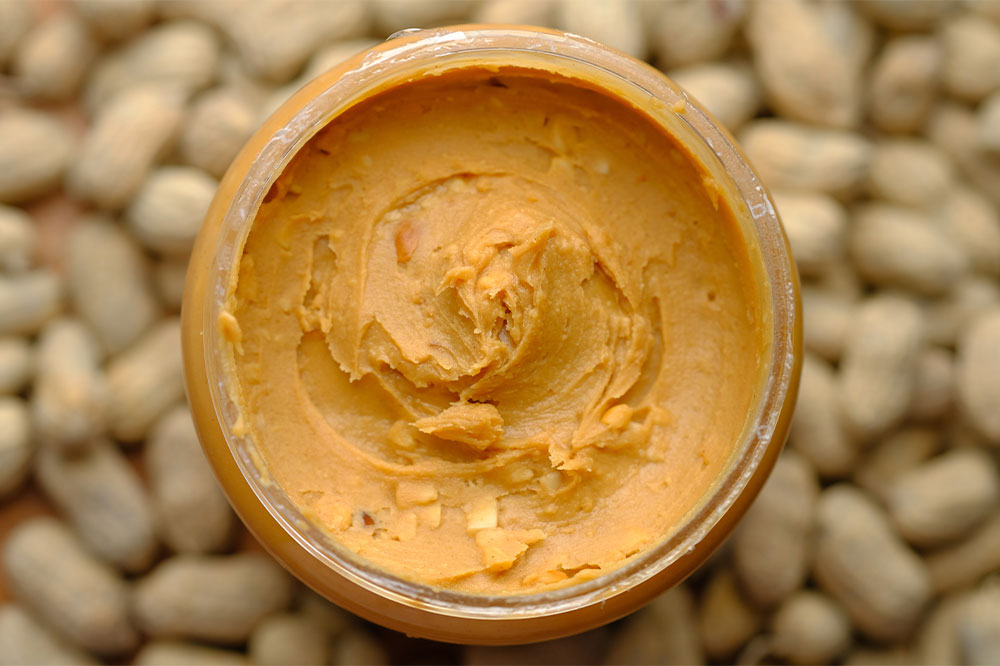7 warning signs of RSV in children

Respiratory Syncytial Virus (RSV) is a respiratory virus that causes common cold-like symptoms. Generally, it affects those with weakened immunities, such as infants and older adults, more than others. Although people with this condition recover from it within a week or two, it can become dangerous for individuals with compromised immune systems. For children especially, people must sense certain warning signs of this condition at an early stage. Here are a few warning signs:
Runny nose
RSV is known to cause inflammation in a child’s upper respiratory tract which consists of the nose and throat. Children with early-stage RSV will have an excessive amount of mucus produced in their bodies, causing them to blow their noses every now and again. Like many other symptoms of RSV, this one also closely resembles those related to a common cold.
Decreased appetite
The cold-like symptoms of RSV make it difficult for children to taste and smell food components properly. Additionally, the virus also tends to block kids’ throats with an excessive amount of phlegm. This causes them to have great difficulty not only in eating, drinking, and swallowing meals and drinks, but also completely takes away their sensory enjoyment of all foods. As a result, children with RSV will slowly experience a progressive reduction of appetite.
The parents and other relatives responsible for such kids must ensure that they are fed despite their lack of appetite. Not feeding them would result in eventual weakness and a loss of muscle mass, both of which can have other adverse health reactions for them.
Incessant coughing, wheezing, and sneezing in babies
Babies are at great risk of experiencing some of the severe RSV symptoms. A clear indicator that one’s infant may have RSV is incessant coughing and sneezing. Both these symptoms are a result of the inflammation that RSV brings about in the baby’s sinus areas, lungs, and throat. The inflammation tends to cause swelling and irritation in these areas in babies. As a result, they tend to cough and sneeze frequently. Critically, the droplets of cough and sneezes carry the virus. So, other children need to be kept away from babies infected with RSV to reduce the risk of the former contracting the disease.
Apart from coughing and sneezing, wheezing is also a common early indicator of RSV in babies and young children. RSV virus causes mucus to accumulate and eventually jam the throat and all the airways leading up to the lungs. This narrowing of the airways causes babies to produce a peculiar high-pitched whistling or wheezing sound when they inhale and exhale.
Persistent fever
RSV closely mimics the symptoms of the flu or the common cold. This is why babies and slightly older children may get extremely high fever (with body temperatures as high as 101°F – 103°F) when they contract RSV. As is the case with any other viral infection, RSV triggers the immune system to go into overdrive and attack the foreign microbial particles in the bloodstream. This results in a raising of a child’s body temperature. These fevers come and go in a few days, but parents should not take this particular symptom lightly.
Difficulty in breathing
The most critical indicators of the RSV virus all point toward making the act of breathing difficult for children. Because of their nasal blockages (brought about by RSV), children usually resort to breathing through their mouths. Difficulty in breathing is a sign that one’s child does not have a common cold and that they need expert assistance immediately to fight their condition.
Decreased activity
Normally, children are full of whim and energy. They can keep running around for hours on end. However, RSV slows down the circulation of nutrients and oxygen to various parts of a child’s body. Due to this, parents will notice their children not showing any inclination to perform physical activity or even do the things they enjoy doing the most.
Decreased activity and energy is a symptom shared across many other health conditions. This is why, parents need to get their children checked at a healthcare center when they show a distinct lack of energy or enthusiasm towards any activity.
Bluish lips & fingernails
Due to disrupted breathing, kids who experience RSV have extended respiratory issues too. This means that they will experience a lack of oxygen reaching many parts of their body. As a result of that, kids tend to develop blue-tinged fingernails, toenails, and lips. The bluish-purplish tinge is an indicator that their limbs, face, and other parts of the body are not receiving adequate (or any) amounts of oxygen needed for sustained functionality.
RSV preventive measures
Here are some ways in which one can prevent children from getting RSV infection:
- Washing hands frequently with soap
The RSV virus tends to stick to one’s hands. These particles jump from commonly-touched surfaces such as staircase railings, elevator buttons, or door handles onto peoples’ hands when they come into contact with them. Therefore, one needs to wash their hands regularly with soap to eliminate the viral particles from their palms, wrists, and other areas. One must refrain from touching their eyes, nose, or other facial areas to keep the virus from entering their body. Parents must encourage their children to do the same. - Avoiding people with obvious cold symptoms
RSV is an infectious disease, so parents need to keep their children at least 6 to 10 feet away from infected people. This reduces the possibility of the kids contracting RSV. - Using RSV booster shots
The CDC has approved multiple kinds of vaccinations and booster shots to build kids’ immunity against this disease. However, these booster shots have side effects that include fever, unexplained irritability, and a distinct redness at the shot site.







